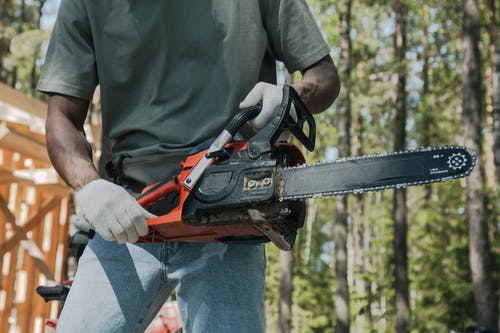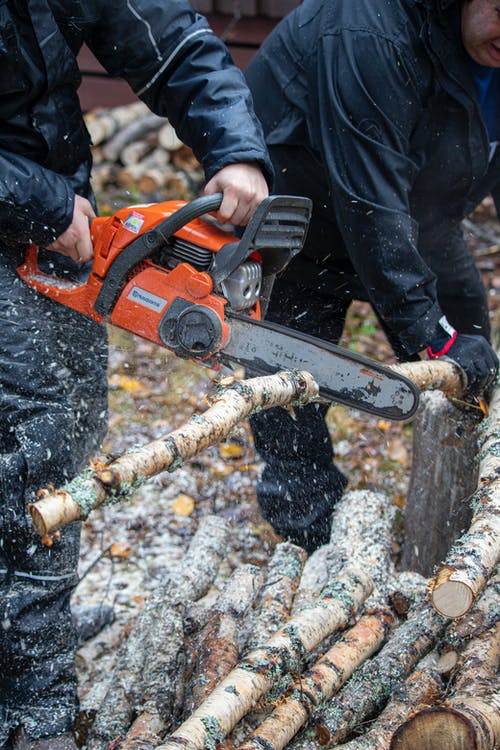Determining the Right Time for Tree Lopping: Factors to Consider

Tree lopping, a practice of selectively pruning or cutting branches to reshape a tree’s canopy, is a decision that requires thoughtful consideration and timing. While the benefits of tree lopping can be significant, it’s crucial to understand when and under what circumstances this practice is appropriate. The timing of tree lopping plays a pivotal role in ensuring the health, safety, and aesthetics of your trees and surrounding environment. In this article, we delve into the factors that influence the timing of tree lopping and guide you in making informed decisions.
The timing of tree lopping often aligns with the seasonal patterns of tree growth. In general, late winter to early spring and late summer to early fall is considered favourable times for tree lopping. During these periods, trees are in a state of dormancy or have completed their growth for the season. Lopping during dormancy minimizes the stress on trees, as they are less vulnerable to disease, pests, and the shock of major pruning.It’s essential to take into account the flowering and fruiting cycles of the tree species in question. If a tree is known to flower or bear fruit during a particular season, consider tree lopping Brisbane southside after these cycles have concluded. Lopping before flowering or fruiting may disrupt the tree’s natural reproductive processes and diminish the visual appeal of the tree.

The overall health and vitality of a tree should guide the decision of when to lop. If a tree is stressed, diseased, or in a weakened state, it’s advisable to delay lopping until the tree has been treated and has regained its vigour. Lopping a compromised tree can further weaken its immune system and make it susceptible to further health issues.Lopping should be avoided during extreme weather conditions, such as heavy rain, storms, or extreme heat. These conditions can not only pose risks to the arborists performing the lopping but also cause additional stress to the tree. The shock of lopping combined with adverse weather can hinder the tree’s ability to recover and lead to unnecessary damage.

Different tree species have varying growth patterns, tolerance to pruning, and susceptibility to certain pests and diseases. Research the specific characteristics of the tree species you intend to lop. Some trees, such as oak or maple, may be more suitable for lopping during their dormant periods, while others may have specific windows of opportunity.It’s important to differentiate between structural pruning and topping. Structural pruning involves the selective removal of specific branches to improve the tree’s form, balance, and overall health. Topping, on the other hand, is the indiscriminate removal of branches, often leading to the tree’s disfigurement and decline. Structural pruning can be conducted as needed to address issues like clearance, safety, and aesthetics, while topping is generally discouraged due to its negative impact on trees.
In certain cases, tree lopping may become necessary as an emergency measure. Storm damage, disease outbreaks, or safety concerns might warrant immediate action. If such situations arise, it’s crucial to consult with a certified arborist who can assess the tree’s condition and recommend appropriate actions.Before scheduling tree lopping, be aware of any local regulations, permits, or restrictions that govern tree care and management in your area. Some jurisdictions have specific guidelines that dictate the timing and methods of tree lopping to ensure responsible practices and the preservation of urban forests.
You Might Also Like
Shedding Light on Skylights: Enhancing Spaces with Natural Illumination
Skylights are incredibly adaptable and transforming elements that have many uses beyond aesthetics in the fields of architectural design and...
The Impact of Office Chairs on Posture and Health
Office chairs are essential when it comes to the modern work environment. So many people are spending up to eight...








